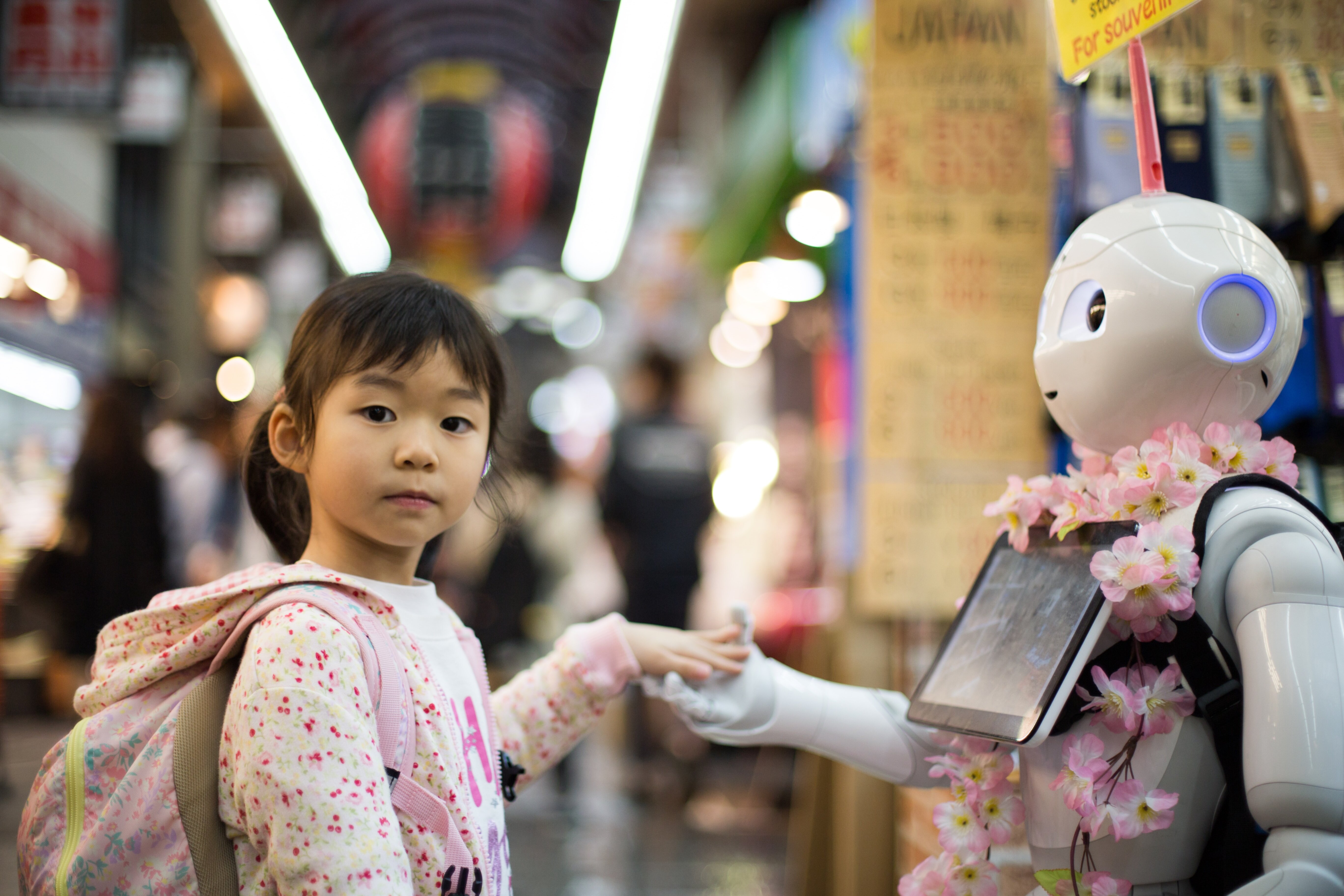New Report Reveals Nuanced Economic Impact of Generative AI on Photography Industry

I’ve been sifting through the freshly released industry assessment concerning generative media's financial footprint on image creation businesses. It's not the simple "robots take jobs" narrative we often hear shouted from the rooftops, which frankly, I find tiresome. What this data suggests, upon initial inspection, is a far more granular shift in how value is being assigned to visual assets and the labor involved in producing them.
My initial reaction was to look for the big, sweeping numbers—the total market contraction or expansion—but the real story, as is often the case, lies in the distribution curves. We are seeing divergence, not just uniformity, across different segments of the photographic ecosystem. Let's pull apart what this actually means for the folks actually pushing the shutter or managing the digital pipelines.
What I'm seeing in the raw data points to a clear bifurcation in commercial demand. On one end, high-end editorial and bespoke advertising work, the kind that requires specific historical context or verifiable physical presence, seems surprisingly insulated, perhaps even seeing modest pricing stability. The licensing fees for truly unique, hard-to-replicate situational photography remain stubbornly high, suggesting that authenticity, or at least the perception of it, still commands a premium in those specific sectors. Conversely, the middle ground—stock imagery, basic product shots for e-commerce listings, and routine event coverage—is experiencing noticeable deflationary pressure. This isn't about replacement yet, but about substitution; why pay a day rate for standardized output when near-instantaneous, passable alternatives exist for minimal cost? I suspect the immediate financial pain is concentrated here, forcing smaller studios that relied on volume of routine work to fundamentally rethink their service models or face shrinking margins. The report even hints at a slight increase in demand for "verification services," suggesting a growing market dedicated to proving an image's origin story, which is an interesting counter-trend to track.
Now, let's turn the lens toward the operational side, specifically regarding the technical professionals supporting image workflows. The report details a measurable contraction in roles dedicated solely to post-production tasks that were historically repetitive—masking, basic color correction uniformity across large batches, and simple retouching. Those specific skill sets are being absorbed by automated pipelines at an accelerating rate, which aligns with my engineering expectations. However, the data simultaneously shows an upward trend in compensation for individuals possessing advanced prompt engineering skills coupled with deep understanding of photographic optics and lighting physics. This means the market isn't eliminating the need for visual intelligence; it's just demanding a different, more abstract form of it. We are moving from paying for execution time to paying for precise instruction and quality control of machine-generated output. If you were a junior retoucher focused purely on cloning out blemishes last year, the report suggests your economic security is significantly lower today than that of someone who can articulate complex lighting schemas to a diffusion model. This structural shift requires a rapid upskilling that many established professionals might struggle to achieve without dedicated resources.
More Posts from kahma.io:
- →The Intersection of AI and Stop-Motion Lessons from Alan The Infinite for Portrait Photography
- →The Art of Exception Handling 7 Best Practices for Robust AI Image Processing
- →Instagram Tests AI Chatbots Exploring the Implications for Digital Portraits
- →Reinventing Your Professional Image Fashion Tips for Job Seekers in 2024
- →Exploring AI-Generated Headshots Unveiling the Creative Potential and Cost Considerations
- →Exploring the Intricacies of Mosquito Legs Redesigning Nature's Remarkable Feats